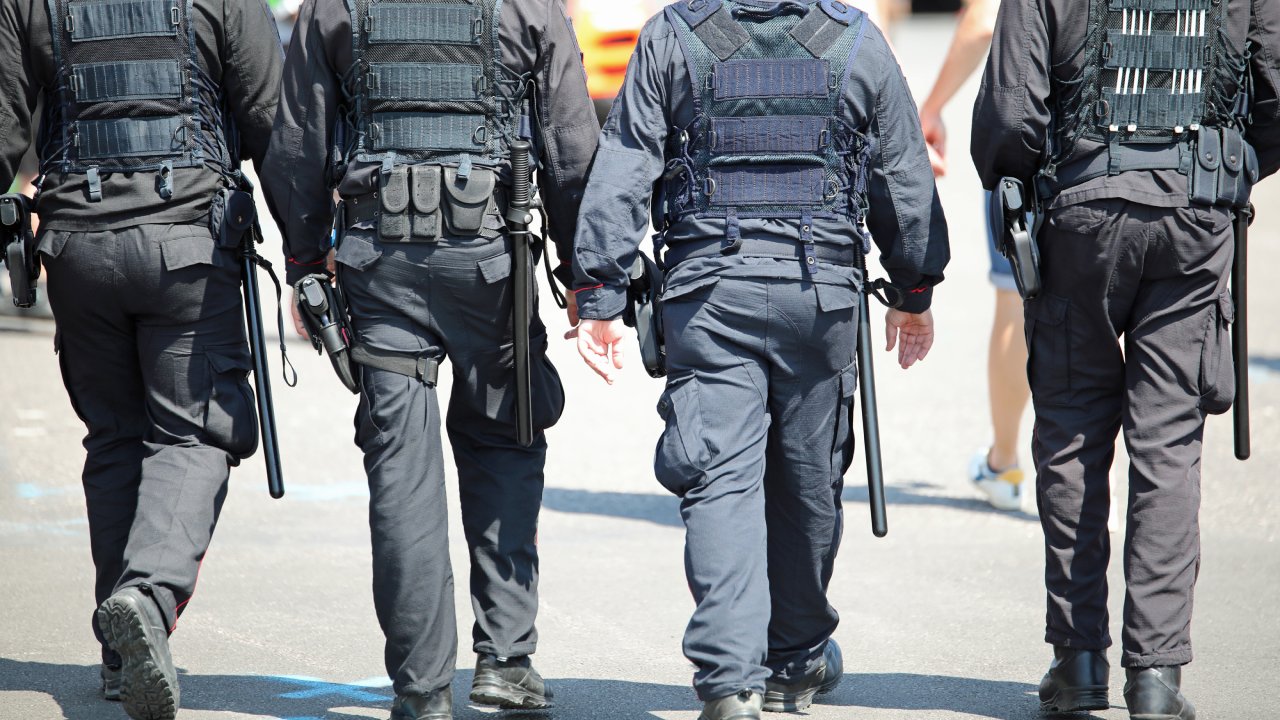Law enforcement officers provide an essential service in which they put their lives at risk every day. That's why they depend on wearing robust body armor.
Category: Preparedness Basic & Advanced
Disaster Ready: How Emergency Response Teams Should Prepare
In times of crisis, the only thing more valuable than immediate action is preparedness. While most people can afford to take a reactive approach, emergency response teams must be ready to leap into action at a moment’s notice, armed with the skills, plans, and tools to handle whatever comes their way. For those who need […]
Fixed-Blade vs. Folding Knives: Which Is Better for EDC?
In the world of everyday carry (EDC), the debate between whether fixed-blade or folding knives are better for EDC is a hot topic. Here, we will dissect the advantages and nuances of both designs to settle this debate—or at least help you choose your side. Why Have a Knife for Everyday Carry? Most people think […]
How To Prepare Your Outdoor Shed for a Storm
As the weather changes and the fall tornado season approaches, it’s never too early to start prepping yourself and your outdoor space for a storm. If you own an outdoor shed, you most likely store items of some importance. Whether it be your motorcycle, tools, or garden supplies, you should protect your shed from high […]
5 Ways To Keep Your Farm Animals Healthy
Taking good care of your livestock has many benefits, especially when you rely on their products for business. There are simple ways you can provide a better environment for them. To keep your farm animals healthy, you need to rely on a variety of tools and common best practices. Make a habit of these methods […]





